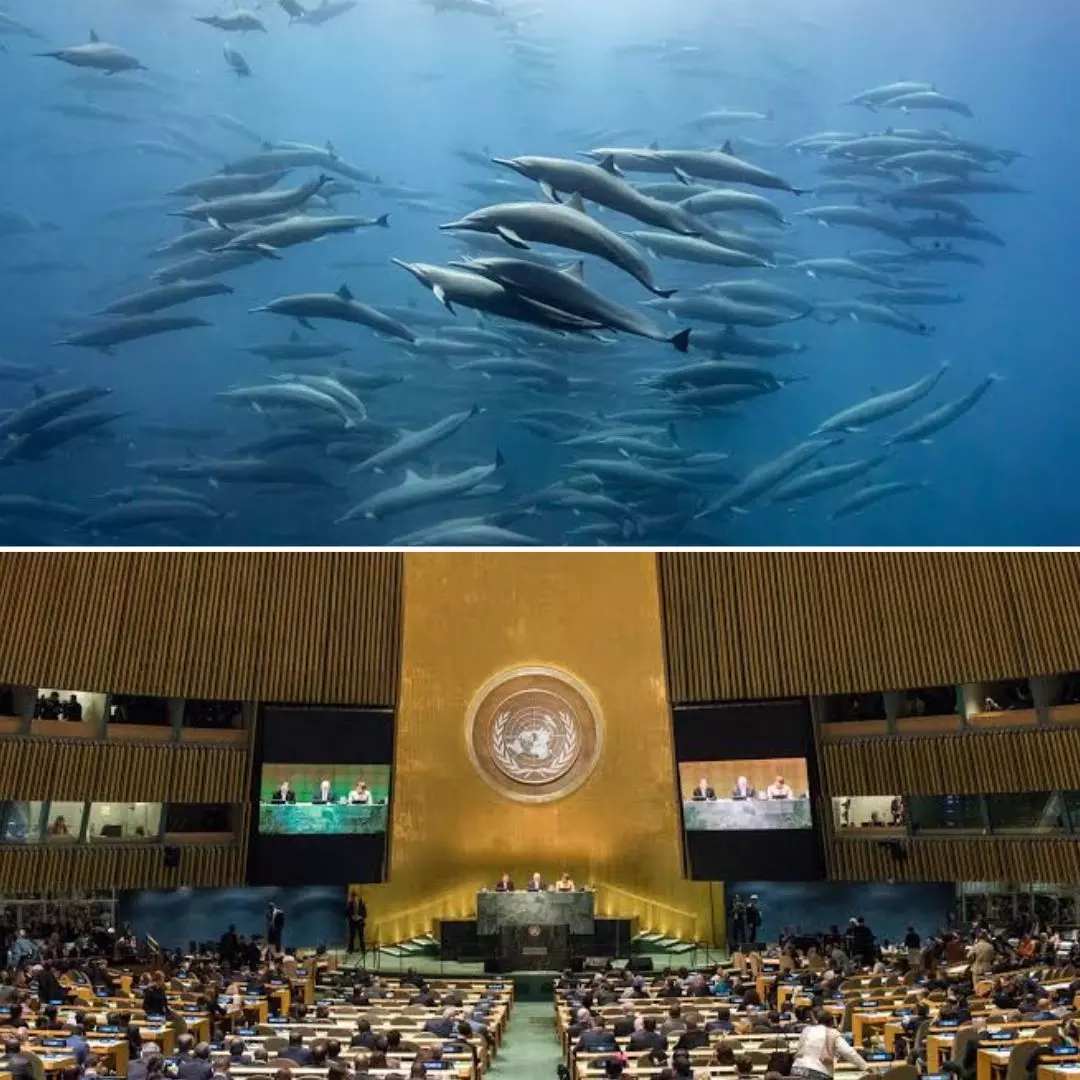In a historic deal, the United Nations (UN) members have agreed on a unified treaty to protect biodiversity in the high seas, shich comprise nearly half the planet’s surface. Concluding two weeks of talks, they have come to the decision for the first time in the history to set in force a framework to protect marine life outside the national boundary waters. The high seas has been a topic of debates for more than 20 years, despite several efforts to reach an agreement. Amidst these continuous efforts, the UN’s decision comes as a positive ray of hope.
Protecting Regions Beyond Demarcations
UN Member states finally agreed on a treaty that is looking in to create a new body to manage the conservation of ocean life and establish protected areas in the high seas. The high seas are a critical spot that covers nearly half the planet. According to a recent pledge made at the UN Biodiversity Conference, member countries would direct efforts into protecting 30 per cent of the planet’s waters, as well as its land, for conservation. The treaty also establishes certain ground rules for conducting assessments on the environmental impact of commercial activities in the oceans.
The conference chaired by Rena Lee saw her saying “The ship has reached the shore.” The statement at the UN headquarters urged delegates to reflect on the impact of climate change and the increased human activity. Exact wordings of the text discussed at the UN is yet to be released but activists have hailed the move as a significant breakthrough in the protection of biodiversity after more than two decades.
EU environment commissioner Virginijus Sinkevicius called the treaty “a crucial step forward to preserve the marine life and biodiversity that are essential for us and the generations to come.” They have also assured that they would not be further reopening or discussing the substance. The agreement would be formally adopted at a later stage once it has been vetted by lawyers and translated into UN’s six official languages.
Conserving Ocean Ecosystem
A report by New Indian Express quoted Greenpeace’s Meller saying, “We can now finally move from talk to real change at sea.” The high seas that begin at the border of countries’ exclusive economic zones, extend up to 370 kilometres from coastlines. Hence, they do not fall under the jurisdiction of any country despite comprising more than 60 per cent of the world’s oceans and nearly half the planet’s surface. As it did not fall under any nation’s jurisdiction, they have drawn far less attention than coastal waters.
With UN pledging to protect these high seas, it provides a new ray of hope in the conservation of ecosystem. Ocean ecosystems create half the oxygen humans breathe and also limits global warming by absorbing much of the carbon dioxide emitted by human activities.
Currently, only one per cent of the high seas are protected. The rest continue to be threatened by factors such as climate change, pollution, and overfishing. With the new treaty coming to force, there would be space created to allow creation of marine protected areas in these international waters.
Also Read: ‘No More Plastic’: 175 Nations Sign Mandate In UN Environment Assembly To Combat Plastic Pollution
https://thelogicalindian.com/h-upload/2023/03/06/500x300_230300-untitled-design-2.webp
Environment
2023-03-07 06:27:40.0
Historic Treaty! UN Members Agree To Protect High Seas After Two Decades Of Discussions











